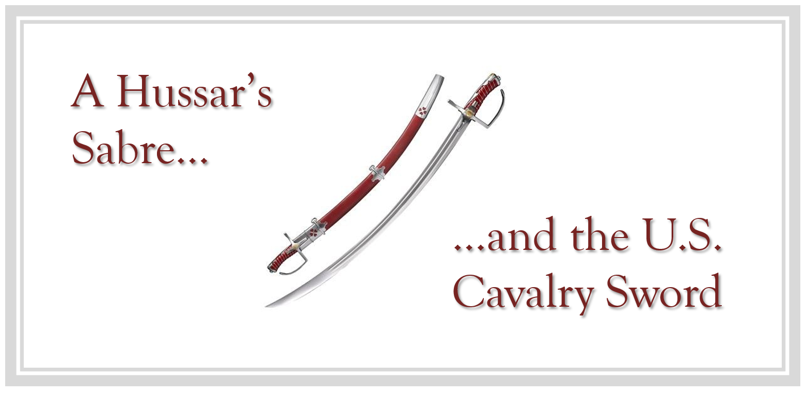Polish winged hussars rode into battle bristling with weapons, though they were most famous for the kopia, the long lance, which they used to great effectiveness during a charge. But the kopia was a one-use weapon. Once it shattered, the hussars took to their favorite weapon—the hussar’s sabre or “szabla husarska”—which dangled from their saddles, at the ready, on a sword knot. This sabre was based on the Hungarian version but evolved into a specialized weapon unique to the Polish hussars.
Its design made it a quintessential blade for fighting from horseback. Much of the damage inflicted by hussars in battle came during their pursuit of the fleeing enemy. They would ride their adversaries down, and the sabre’s design allowed for faster, stronger, downward slashing cuts.
The hussars, who hailed from the szlachta or nobility class, had elaborate dress sabres often decorated with gems and rich inlays, but their everyday “fighting” sabres were rather plain and serviceable. Few of these have survived.
So what does this have to do with the U.S. Cavalry, you might ask?
The Polish hussar’s sabre was so highly regarded that it inspired similar designs in other parts of Europe, eventually leading to the introduction of the sabre in Western Europe. From there, it found its way into the United States Cavalry where it was used in the war of 1812. There are also reports of its use as far back as the American Revolutionary War. Its telltale curved blade is still evident in the U.S. Armed Forces modern day dress and drill swords.









Leave A Comment